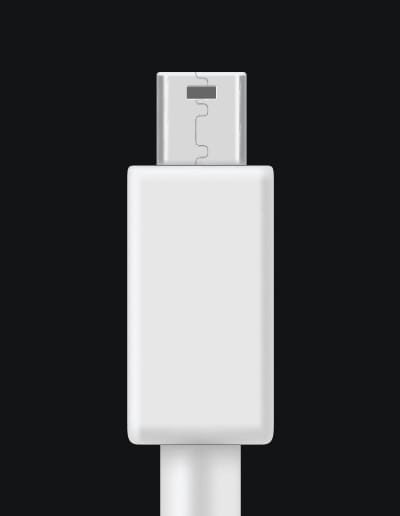What is Thunderbolt 2?


Thunderbolt 2 was officially introduced by Intel and Apple in 2013, following the original Thunderbolt’s debut in 2011. The development period between the two versions was relatively short, underscoring the rapid advancements in technology and the increasing need for faster data transfer solutions in the professional world, especially in the realm of multimedia content creation.
Building on the original Thunderbolt technology, Thunderbolt 2 was developed to address the growing demand for higher data transfer rates. It achieved this by combining two 10 Gbps channels into a single 20 Gbps bidirectional channel, allowing for more efficient transfers and handling of 4K video streams.
While Thunderbolt 2 was revolutionary in its time, newer technologies like Thunderbolt 3 and Thunderbolt 4 have since surpassed it. However, some legacy systems and devices still use Thunderbolt 2, especially in environments where upgrading isn’t immediate or necessary.
Thunderbolt 2 marked a significant step forward from the original Thunderbolt, offering doubled speeds and enhanced 4K video support. Though largely overshadowed by newer iterations today, it was instrumental in setting the groundwork for future high-speed connectivity solutions.